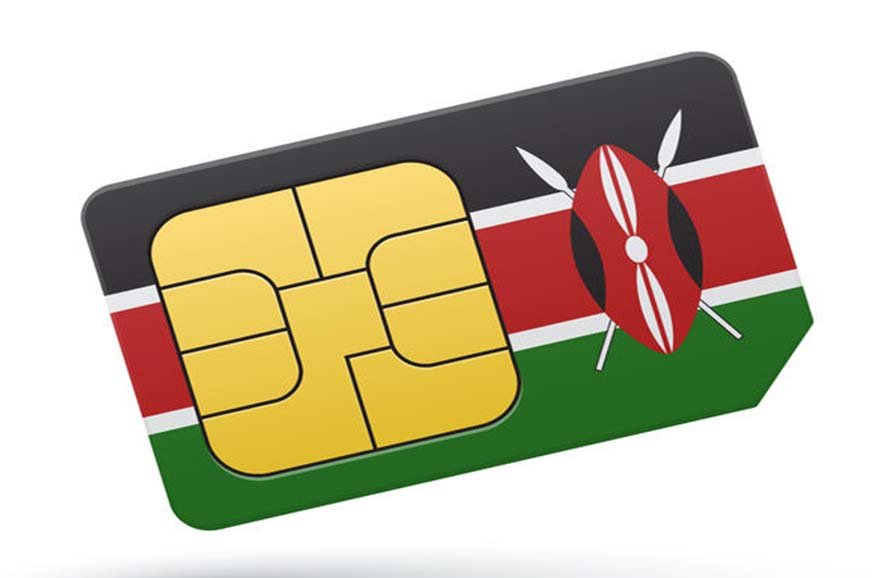Kenya’s digital transformation has been nothing short of remarkable. From high mobile penetration to aggressive 5G expansion, and now a space-enabled connectivity revolution, the country’s telecom and tech landscape is evolving fast. At Danmari Nexus, we’ve been tracking these changes closely and what we’ve uncovered is a story of innovation, resilience, and big leaps into the digital future.
The State of Telecoms – 2023–2024 Highlights
In 2023 and early 2024, Kenya’s telecom industry was defined by:
-
Dominance by Safaricom and fast-growing competitors like Airtel.
-
Rising fiber broadband adoption in major cities.
-
Explosive growth of M-Pesa and digital wallets.
-
Increased regulatory oversight on digital lending and mobile tariffs.
The 2025 Telecom Market – Fast, Competitive, and Expanding
By 2025, Kenya’s telecom environment has become more dynamic than ever.
Latest Market Data:
-
Mobile penetration: 92.1%
-
Safaricom market share: 63%
-
Airtel Kenya: 28% and growing
-
5G coverage: Over 60 towns now connected
-
Average mobile data use: 5.3 GB/month
Key Developments in 2025:
-
Airtel Kenya has launched over 500 5G sites, challenging Safaricom’s early-mover advantage.
-
Starlink, SpaceX’s satellite internet service, officially rolled out in rural Kenya, targeting areas like Marsabit, Samburu, and Turkana.
-
Internet penetration hit 88%, driven by mobile broadband and satellite links in remote areas.
-
Kenya now allows Mobile Virtual Network Operators (MVNOs) to use licensed spectrum under new Communications Authority of Kenya (CAK) guidelines.
The Role of the Kenya Space Agency in 2025
One of the most transformative, yet underreported, players in Kenya’s digital future is the Kenya Space Agency (KSA).
Connecting the Unconnected
In 2025, KSA is supporting:
-
Satellite infrastructure planning in collaboration with international partners like ITU, NASA, and OneWeb.
-
Mapping rural digital blackspots using geo-spatial tools and earth observation satellites to inform telco expansion plans.
-
Partnering with universities to test low-earth orbit (LEO) satellite relays for real-time communication and emergency response.
Sustainability & Climate Integration
KSA is integrating space and telecom policy with environmental sustainability goals:
-
Developing eco-friendly satellite deployment strategies, minimizing orbital debris risks.
-
Using satellite imagery to monitor telco infrastructure development impacts on protected ecosystems.
-
Encouraging telecom companies to build green-powered base stations, particularly in conservation areas like Amboseli and Laikipia.
KSA’s data-sharing initiatives with CAK and the Ministry of ICT are helping craft sustainable telecom infrastructure strategies that prioritize:
-
Land-use planning
-
Environmental protection
- Disaster-resilient communications
Kenya’s Tech Start-ups & Digital Inclusion
Despite a global VC funding slowdown, Kenyan start-ups raised $680M in 2023, with fintech, AI, and agritech leading the pack. In 2025:
-
M-Pesa is testing BNPL (Buy Now, Pay Later) and micro-insurance tools.
-
More start-ups are building services for feature phones, focusing on underserved rural consumers.
-
Edtech and health-tech firms are leveraging improved broadband access for remote learning and diagnostics.
Challenges Ahead
Even as progress accelerates, several issues persist:
-
Device affordability – 5G-compatible smartphones are still out of reach for millions.
-
Digital taxation – New levies are increasing the cost of digital services for both users and start-ups.
-
Cybersecurity – With mobile payments and social media use booming, fraud incidents have also surged.
-
Infrastructure strain – Kenya’s rapid urbanization puts pressure on networks and energy supply.
Conclusion: Kenya’s Digital Future is Orbiting New Heights
From 4G to 5G, from fiber optics to space, and from fintech to climate-aligned innovation, Kenya is setting a bold precedent for digital transformation in Africa. The collaboration between regulators, telecom operators, start-ups, and now the Kenya Space Agency is opening new frontiers of connectivity, urban and rural, terrestrial and orbital.
As the country navigates issues of affordability, regulation, and sustainability, it remains firmly on course to become Africa’s most resilient and forward-looking digital economy.

